artifact
In chronological order:
empathy map and supporting questions: https://shimo.im/docs/zvk9dz2RjOTdFnq2
checkpoint 2 additional material: https://shimo.im/docs/rRWGCVcXyxhWhyqr
action stage peer review: https://shimo.im/sheets/jBkpK1884DfXF0qX/MODOC
checkpoint 3 video creating process: https://shimo.im/docs/rhPtD9HCdyGHXJjy
checkpoint 3 timeline: https://shimo.im/docs/dcHcvPYrKWHxYDpx
checkpoint 2&3 collaboration template: https://shimo.im/sheets/CjPpHTKC3vrQRtXX/07Kju
“the second gene” project plan: https://shimo.im/docs/gC6qJHkgXKrtHPch
bilibili interactive video: https://www.bilibili.com/video/BV1eK4y1t78z
artifact title
IP Project: 第二基因 — “The Second Gene”
artifact label
Individual Artifact (XA)
introduction
“IP Project: 第二基因 — “The Second Gene” is an initiative project under the Double H IP. Kira, Aubrey, Rina, Robinson and I get toghter in a team because we all wanted to help ordinary people in the Covid-19 pandemic. During the pandemic, we observed children and parents’ sorrow and anxiety when they have to leave each other because the parents are sick or they are the doctors. We wanted to help their seperation anxiety and attachment problems, but to solve this problem requires professional phychological knowldge. Therefore, within our own ability, we initiated a project dedicated to raise the awarness of attachment problems and disorders, and try to help ordinary people with popularization of the phychology science in attachment problem and offer small tips to everyone. The attachment relationship is so important that researchers call it our “second gene”, which is also the name of our project. Our IP project used CBL to run the whole project.
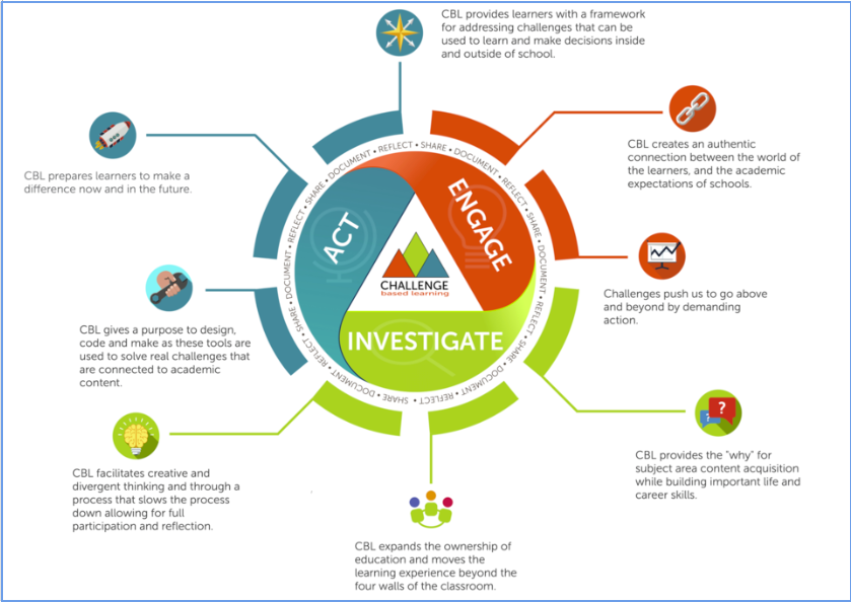
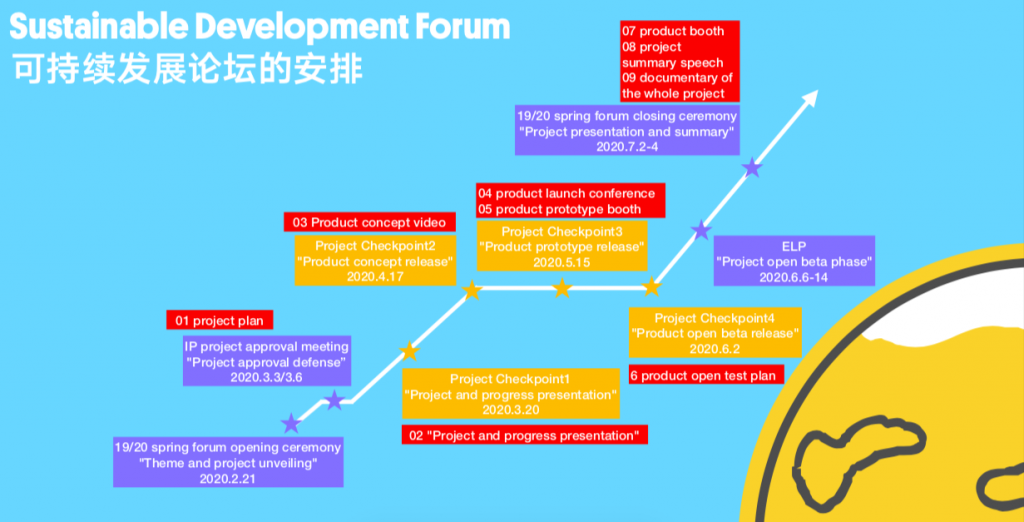
There are different roles in our team, I am “operator”, my job is to make sure the project runs smoothly and everybody does there job. I also helped a lot in developing the product. The main output of our project is according to the IP checkpoints, here is what we did:
- Checkpoint 1:
In the “Elevator Speech” we presented our target customer empathy map and six supporting questions that clarifies our project. At this stage, we didn’t know what is our solution to the problem yet, but we did a lot of investigation on the customer’s need (https://shimo.im/docs/zvk9dz2RjOTdFnq2).
- Checkpoint 2:
We made a conceptual video about our project, a collaboration template, and answered a question frm another group. The question was about how do we solve for attchment problems online, and our answer is that we can’t. We can only bring up this question to people and help them find out if they have attchment problems. Also, we originally wanted to build an online community for the communication of parents and children inthe corona virus outbreak, but since it is almost over in China, we decided to make videos and our own website. (additional information: https://shimo.im/docs/rRWGCVcXyxhWhyqr; collaboration template: https://shimo.im/sheets/CjPpHTKC3vrQRtXX/f1qOz)
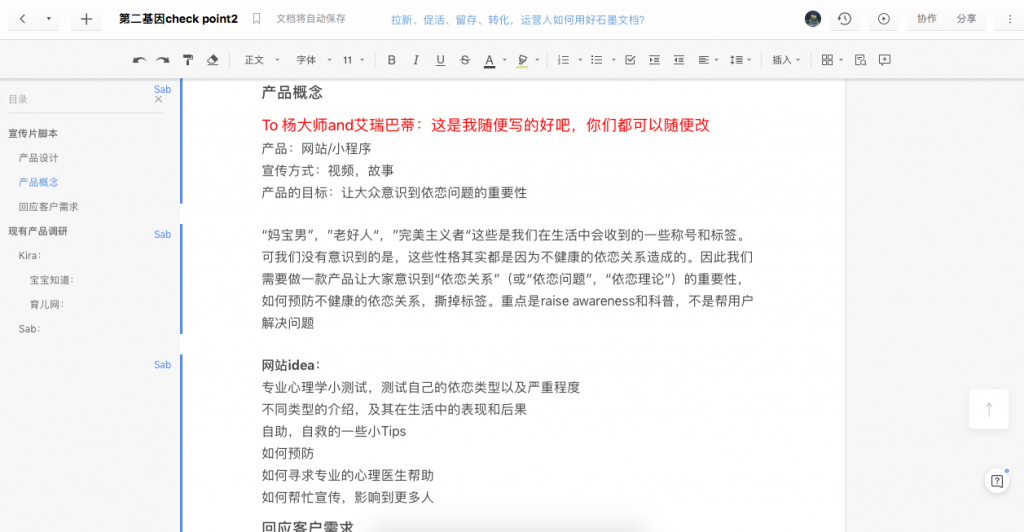
- Checkpoint 3:
We made our product prototype — a bilibili interaction video that tests your attchment type and gives you some tips to become better (to become a safe type of attachment). We also iterated our project plan, because we made a lot of changes while we go from investigation to action. (Iterated project plan: https://shimo.im/docs/gC6qJHkgXKrtHPch; collaboration template: https://shimo.im/sheets/CjPpHTKC3vrQRtXX/f1qOz)
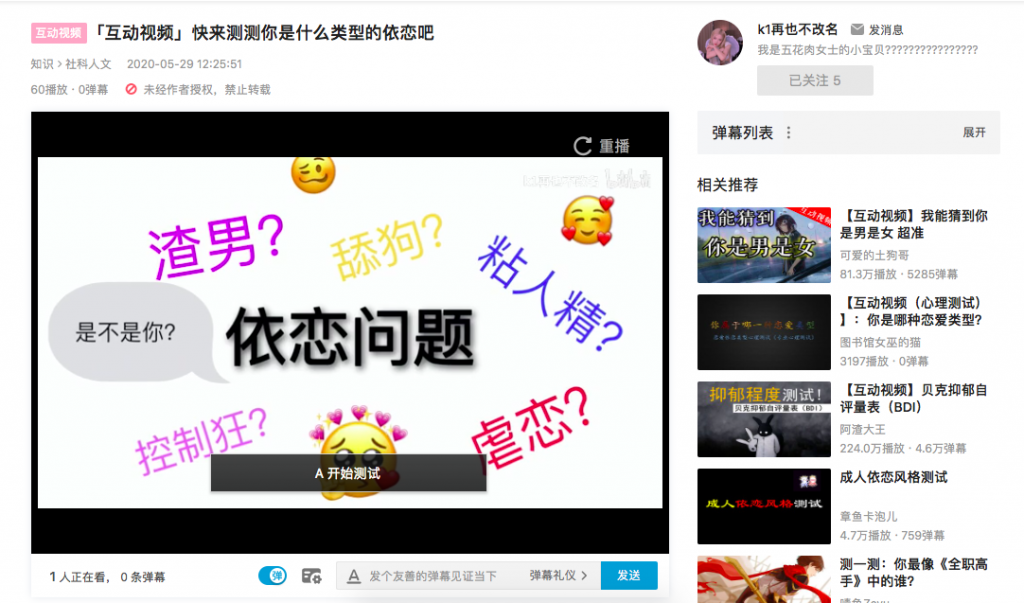
Our project is still not finished, we are still planning on to make another video.
self-reflection
Learning How to Learn:
I learned a lot in this project, and with Kate offering many learning tools and strategies, I believe I have reached proficient level in Learning How to Learn. I have never systematically learned psychology before, and this is also my first time getting to know about attachment theories and how our lives are directly affected by unhealthy attachment styles. When I realized that we are touching on a very proffesional field (9A), I am also scared that we are going to get blamed for not being professional, so in order for me to complete this project I have read the book Attachment Disorder, watched videos created by others, and asked help from my psychological doctor. By identifying this barrier (9B) and trying to cross it, I learned a lot.
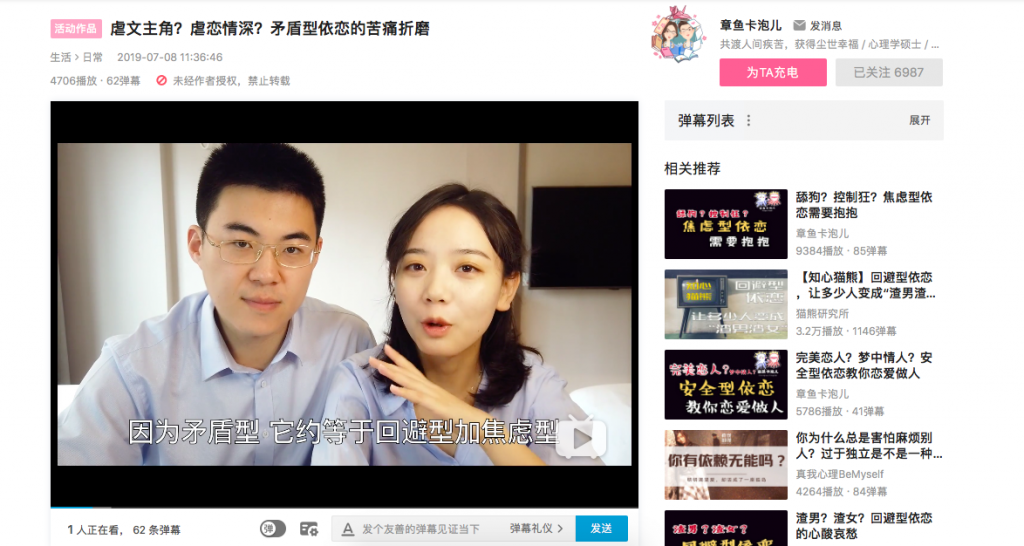

Me and my teamates agreed to read the book Attachment Disorder together within five days, and after reading each of us has to share our thoughts, notes and what we can apply into our project from the book. (9C).
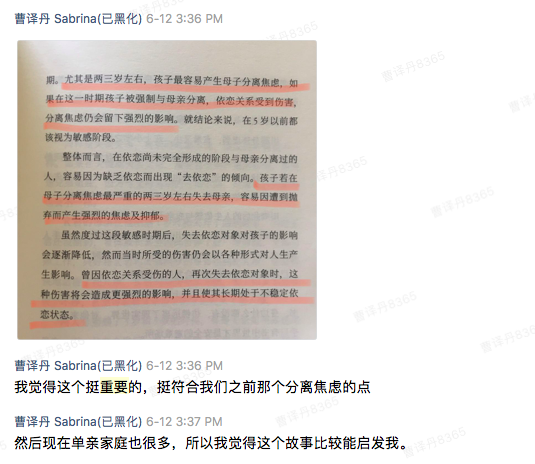
In checkpoint 2 we received a lot of cold and constructive feedbacks from the judges, and together as a team we improved out product based on the feedbacks. For example:
“How to transform professional content into content that users can accept and are willing to use?”
Before: we want to cooperate with professional organizations, and in the video of check point 2, what the customer is willing to accept is not achieved, because but the type of attachment is poorly introduced and it is not useful to customers.
After: Well, if we don’t have resources of professional organizations, we will not cooperate, and we will do it in a “teenager perspective” — more relaxed and fun. However, the content is still professional, it’s just the form of a interactive video is more useful and attractive to customers.
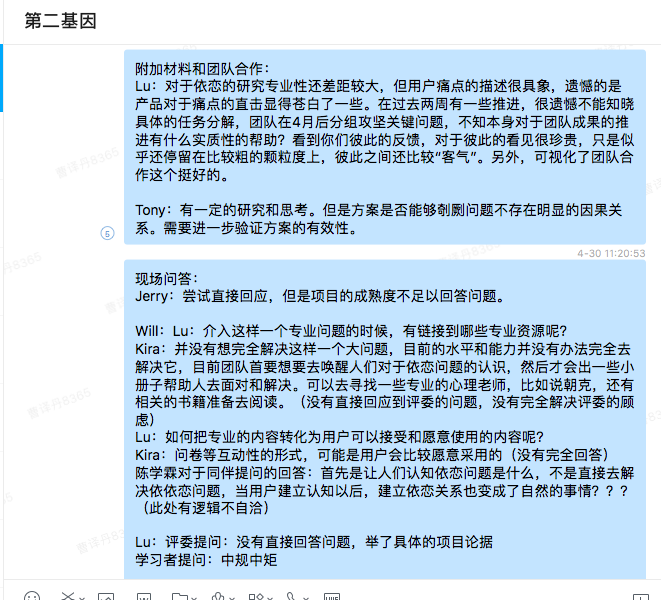
Creative Thinking:
In this project we did a lot of creative thinking, each time our team members have a meeting it’s like a discussion on which idea we need to pick, how can we improve, what should we do next, etc. There is a lot of brainstorming in this project, and I really tried my best to be creative. I believe I have reached the proficient level.
I think checkpoint 3 is a perfect example of creative thinking. In the beginning, we were brainstorming about how to raise awareness, attract people, and at the same time help them. I cam up with the idea of breaking stereotypes of people’s personality and analyze them using the attachment theory. Someone else came up with the idea of making an interactive video, and we kind of combined our ideas together. I followed the process of design thinking for checkpoint 3: from digging the customer’s need, to brainstorming ideas, research existing products, decision on the solution, plan a timeline, and finally make the solution product. I thought everything went well, but at the day of presentation we find out that our video wasn’t going the way we wanted because of mis-communication between teammates. But we quickly adapted it, and explained to the audience that we are going to improve in the future.


